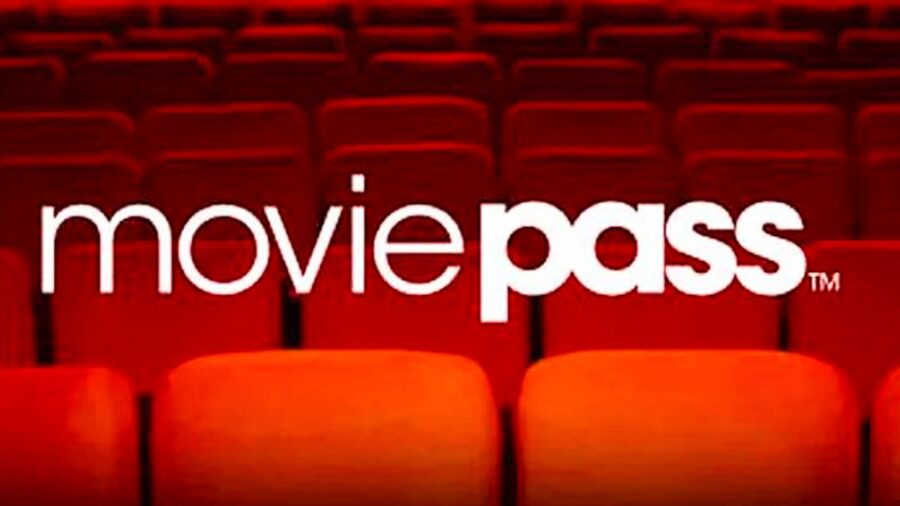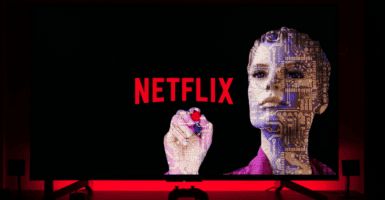MoviePass Is Back With A New Plan To Make Sure It Sticks Around
MoviePass is back with a new tiered-pricing structure and no unlimited movie plan.

MoviePass, the now-defunct film ticket subscription service, has officially returned from the dead, according to a recent announcement on Twitter. The service, which was first rolled out back in 2011, spectacularly crashed and burned back in 2019 after a series of business errors that caused the company to lose millions through poor pricing models and exploited loopholes in its business model. According to a write-up in Slashfilm, the company’s latest strategy is to take a page from Netflix‘s book by re-opening their subscription model in four tiers, none of which offer unlimited movie-going, in order to prevent themselves from rapidly going bankrupt again.
The previous iteration of MoviePass offered unlimited movie theater tickets for the monthly price of $10, making the service a no-brainer for film fans everywhere, as single movie tickets are often in excess of $10 these days. At this price point, the service would be a worthwhile purchase from a consumer standpoint, even if you only planned to see one movie every other month. Obviously, many film fans took the use of the “unlimited” offer to its limit, often utilizing the MoviePass model to catch multiple films per day or dozens of movies in a given month.
This model quickly crippled MoviePass’ profits, with most business analysts failing to see how any company executives could have missed this glaring business flaw. The company’s CEO and Co-Founder Stacy Spikes recently made a statement to the press regarding the newly designed service, explaining that the new iteration of MoviePass will encourage film buffs to return to the box office following the COVID-19 pandemic, especially as they plan to roll out the service across the globe. The updated MoviePass system, which is set to soft-launch over Memorial Day weekend, will have its own app, which users can access to determine which theaters near them are compatible with the model.

The four subscription models operate from the $10 package to the $40 package in rising increments of $10, and will operate on a credit-based system. This system incentivizes users to see more movies in a given month without allowing them unfettered access to the theater like a kid in a candy store. At the most basic price point, MoviePass users can expect to see between one and three movies in a given month, based on their choice of theater and watch time.
Since the original MoviePass model disappeared from the marketplace, a number of competing subscription models have cropped up to take its place, such as AMC Theaters‘ Stubbs A-List program, as well as the Alamo Drafthouse’s Alamo Season Pass. Re-entering the marketplace may prove to be an uphill battle for the movie ticket subscription service, but Spikes and her associates seem highly confident that the new model will be successful. For now, there’s no way of knowing how the business will fair in the modern day, but perhaps the MoviePass service will restore crowds to their pre-COVID glory, sparking a return to the Summer blockbuster.












